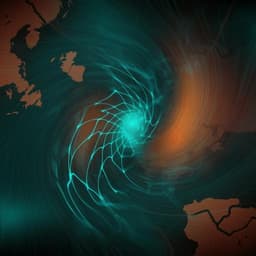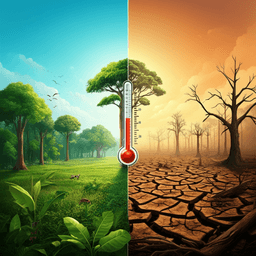
Environmental Studies and Forestry
Large carbon sink potential of secondary forests in the Brazilian Amazon to mitigate climate change
V. H. A. Heinrich, R. Dalagnol, et al.
This groundbreaking research, conducted by Viola H. A. Heinrich and colleagues, reveals that tropical secondary forests can sequester carbon at astonishing rates, up to 20 times faster than traditional old-growth forests. By utilizing satellite data, the study highlights the impact of environmental and disturbance factors on carbon sequestration in the Brazilian Amazon.
~3 min • Beginner • English
Related Publications
Explore these studies to deepen your understanding of the subject.







